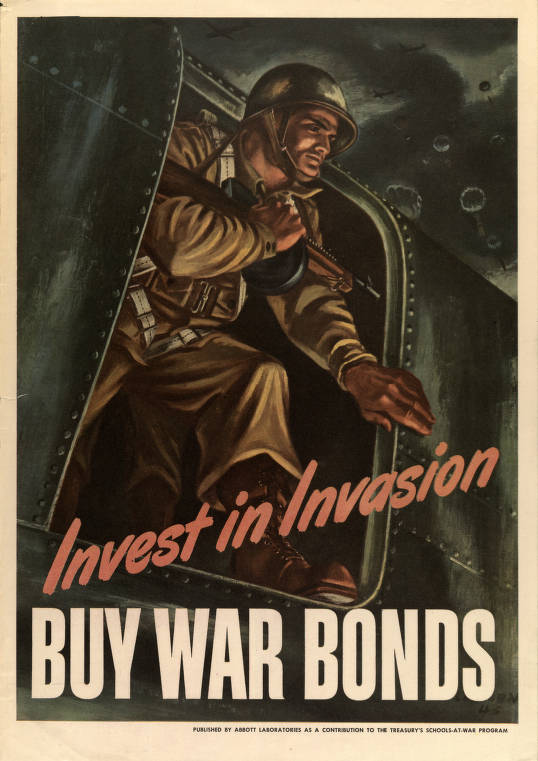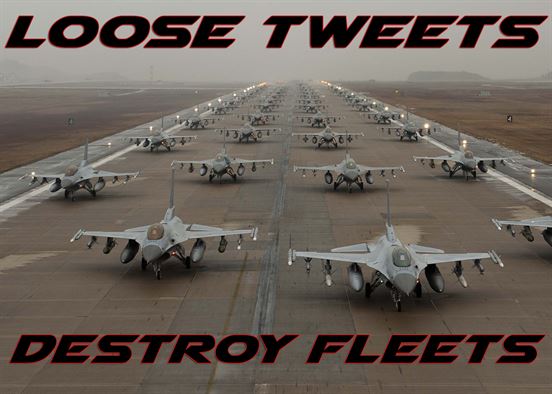Nice.

Just another nerd.
Nice.


This Superman sign/handout was given out to American students in 1943 as part of the U.S. Treasury Department’s Schools at War program.
Schools at War supplied literature to teachers and posters that encouraged all aspects of the program. Individual schools were incentivized with a special flag to reach 90 percent student participation. School sponsorship of a particular item, such as a jeep or airplane, motivated sales. Tens of thousands of jeeps and hundreds of planes were “bought” under the program.

Union supporters distributed this poster during the 1910 Cradley Heath Chain Makers’ Strike in Great Britain.
At the start of the 20th century the campaign to end the exploitation of “sweated” labour gained increasing popular support. In 1909 the Liberal government passed the Trade Boards Act to set up regulatory boards to establish and enforce minimum rates of pay for workers in four of the most exploited industries – chain-making, box-making, lace-making and the production of ready-made clothing. In the Spring of 1910, the Chain Trade Board announced a minimum wage for hand-hammered chain-workers of two and a half pence an hour – for many women this was nearly double the existing rate. At the end of the Trade Board’s consultation period in August 1910, many employers refused to pay the increase. In response, the women’s union, the National Federation of Women Workers (NFWW), called a strike.
The strike lasted 10 weeks and attracted immense popular support from all sections of society – nearly £4,000 of donations were received by the end of the dispute from individual workers, trade unions, politicians, members of the aristocracy, business community and the clergy. The founder of the NFWW, Mary Macarthur, used mass meetings and the media – including the new medium of cinema – to bring the situation of the striking women to a wider audience and the strike became an international cause célèbre. Within a month 60% of employers had signed the ‘White List’ and agreed to pay the minimum rate, the dispute finally ended on 22 October when the last employer signed the list.

Classic propaganda updated for social media from the US Air Force in 2015.

This image was issued by the US Air Forces Central Command Public Affairs Team on August 14, 2015, and accompanied by the following press release,
OPSEC: be safe, be smart
By Staff Sgt. Emerson Nuñez, U.S. Air Forces Central Command Public AffairsPublished August 14, 2015
AL UDEID AIR BASE, Qatar —
Loose tweets destroy fleets. Keeping quiet about operational information is vital to ensure military members stay safe on a daily basis.
Social media can be a useful tool to stay connected to friends, family, and quick entertainment. However, there is sometimes a fine line between letting your friends see what you’re up to and providing an adversary critical information about your connection to the military and its mission.
“As social media keeps evolving and there’s more and more avenues to let your friends and family know what you are up to, those same avenues can be used by ISIS sympathizers, ‘lone wolves,’ to track down and hurt our military members outside the safety of the base,” said Capt. Jonathan McDonald, AFCENT Force Protection chief. “So not only is it important to not post vital mission related information, but it’s also important to not post detailed personal information to keep yourself and your loved ones safe.
“It’s vital to check your security settings in your social media accounts to make sure that just your friends are able to see what you post and remember to be smart about what you post and share,” McDonald added.
Operations Security is the process of keeping sensitive information away from the enemy. Information is identified and controlled by various security measures to minimize violations.
“Without OPSEC, our adversaries would be able to freely and easily gather information of our activities and operations; putting missions, resources and members at risk, said Master Sgt. Aaron Miller, AFCENT Information security program manager. “Ultimately this could impact a campaign or mission and be detrimental to national strategic and foreign policies.”With OPSEC violation consequences so high, it’s important to ensure OPSEC procedures are followed through.
“The best way to keep OPSEC is to look over the Critical Information List and be sure to protect the information on that list and destroy it accordingly,” said Senior Airman Anthony Bolton, 609th Air Operations Center OPSEC manager. “Another way to keep OPSEC is to go secure whenever possible, use a secure phone line , encrypt your email and make sure that you are shredding all paper including any notes on post its.”
The public affairs office coordinates all media interviews, media queries and media access to the base. If approached by the media, Airmen should refer all media to their local public affairs office.
Each unit employs an OPSEC manager to whom anybody may report suspected OPSEC incidents. For more information regarding OPSEC, refer to Air Force Instruction 10-701, Operations Security OPSEC) on the Air Force e-Publishing website or contact your unit OPSEC manager.
Apparently, the movement to have the United States implement daylight savings time was part of the general fervor over World War I. This poster is from the United Cigar Stores Company which supported the legislation.
